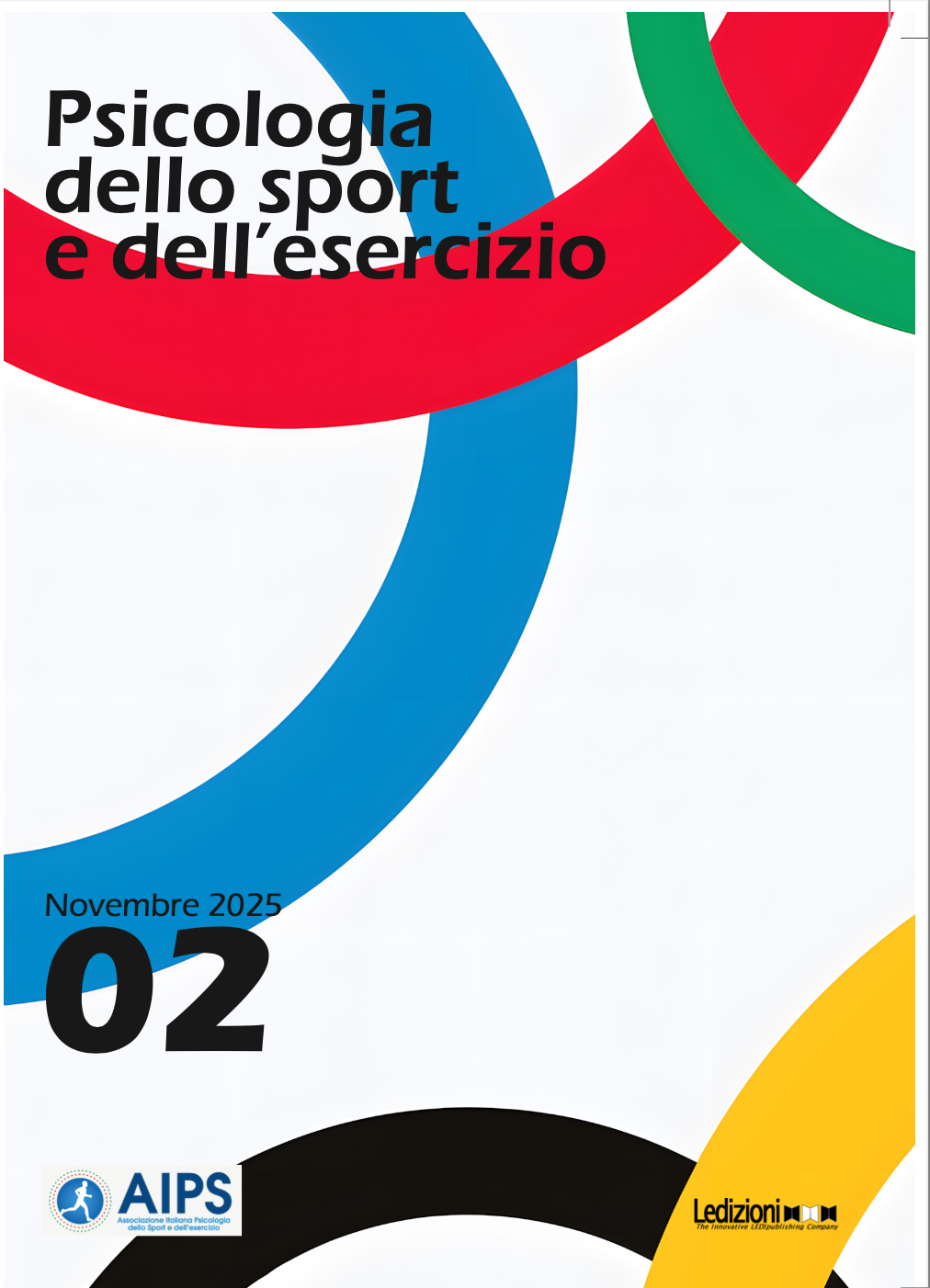The ‘Invisible’ Training: The Mind in Ice Hockey.
Keywords:
Ice hockey, sport psychology, mental training, performance, olympics gameAbstract
This chapter examines the crucial role of psychological skills in ice hockey, a sport characterized by high speed, intense physical contact, and complex team dynamics, which are paramount in view of the Milano-Cortina 2026 Winter Olympics. Through a literature review, essential mental skills required by the sport's peculiarities and effective psychological training techniques, supported by specific studies on ice hockey, were identified. Key abilities include decision-making under pressure, attention, resilience, stress management, team cohesion, imagery, and constructive error management. Empirically supported techniques in the hockey context include visual perception training, neurofeedback/biofeedback, Acceptance and Commitment Training (ACT), and athlete leadership development. Mental preparation is indispensable for elite ice hockey performance, contributing to athletes' full potential. Despite progress, research in this specific field remains limited. Current limitations, such as small sample sizes and lack of randomized controlled trials (RCTs), are highlighted. Future developments should focus on longitudinal studies, objective performance measures, multidisciplinary approaches, and the creation of specific assessment tools, aiming to develop more effective mental training programs for resilient and high-performing hockey players.
References
Anshel, M. H., & Si, G. (2008). Effects of an imagery training intervention on performance and competitive anxiety in elite youth swimmers. Journal of Sport Behavior, 31(2), 105-121.
Boisvert, M. M., Loughead, T. M., & Munroe-Chandler, K. J. (2022). The implementation and evaluation of an athlete leadership development program with male youth ice hockey players. Frontiers in Psychology, 13, 648039.
Carron, A. V., Bray, S. R., & Eys, M. A. (2002). Team cohesion and team success in sport. Journal of Sports Sciences, 20(2), 119-126.
Christie, S., Bertollo, M., & Werthner, P. (2019). The effect of an integrated neurofeedback and biofeedback training intervention on ice hockey shooting performance. Journal of Sport and Exercise Psychology, 42(1), 34-47.
Clough, P. J., Earle, K., & Sewell, L. (2002). Mental toughness: The development of a conceptual model in top-level athletes. Journal of Applied Sport Psychology, 14(4), 163-176.
Cox, R. H. (2012). Sport psychology: From theory to practice (7th ed.). McGraw-Hill.
Crowe, E. M., Wilson, M. R., Harris, D. J., & Vine, S. J. (2021). Eye tracking and cardiovascular measurement to assess and improve sporting performance. In M. Bertollo, E. Filho, & P. Terry (Eds.), Advancements in mental skills training (pp. 177–190). Routledge.
Crust, L., & Clough, P. J. (2005). Relationship between mental toughness and physica endurance. Perceptual and Motor Skills, 100(1), 193-196.
Cumming, J., & Williams, S. E. (2013). The role of imagery in optimizing motor performance. In G. C. Roberts & D. C. Treasure (Eds.), Advances in motivation in sport and exercise (pp. 289-322). Human Kinetics.
Di Gruttola, F. (2018). The relation between motor imagery abilities, memory and plasticity in healthy adults [PhD Dissertation, University of Pisa]
Dweck, C. S. (2006). Mindset: The new psychology of success. Random House.
Fletcher, D., & Sarkar, M. (2012). A grounded theory of psychological resilience in Olympic champions. Psychology of Sport and Exercise, 13(5), 669-678
Downloads
Published
How to Cite
Issue
Section
License
Copyright (c) 2025 Francesco Di Gruttola

This work is licensed under a Creative Commons Attribution 4.0 International License.
Authors retain copyright and grant the journal the right of first publication, with the work simultaneously licensed under a Creative Commons Attribution 4.0 International License (CC BY 4.0), which permits use, sharing, adaptation, distribution and reproduction in any medium or format, provided that appropriate credit is given and the original publication in this journal is acknowledged. Authors may enter into additional non-exclusive arrangements for the distribution of the published version (e.g., deposit in institutional repositories or inclusion in books), provided the initial publication in this journal is acknowledged.



